Preparing your child for secondary school in Singapore can be an exciting yet daunting experience. It marks a significant change in your child’s life, as they transition from primary school to secondary school. Secondary school is a new environment, with new classmates, teachers, and academic demands. However, with the right preparation, your child can make a smooth transition and thrive in their new school.

One of the first things you can do to prepare your child for secondary school is to familiarize them with the school’s environment. You can take a tour of the school with your child, so they can get a feel for the layout and facilities. This can help reduce anxiety and build confidence in your child. Additionally, you can attend orientation sessions and meet with the teachers to learn more about the school’s culture and expectations.
Another important aspect of preparing your child for secondary school is to help them develop good study habits. Secondary school comes with increased academic demands, and your child will need to manage their time and workload effectively. You can help your child by creating a study schedule, setting aside a designated study area, and encouraging them to take breaks and stay organized. By instilling good study habits early on, your child can excel academically and enjoy their secondary school experience.
1 Min Read
Don’t have time to read it all? Here’s a quick guide to get your child ready for secondary school in Singapore!
- Familiarity is key: Tour the school and attend orientation sessions to ease anxiety.
- Study habits for success: Create a study schedule, designated workspace, and breaks to boost academic performance.
- The right fit: Understand the different types of secondary schools (government, autonomous, independent, etc.) to choose the best option for your child.
- First day prep: Ensure they have the right uniform, supplies, and know how to get to school safely.
- Emotional well-being: Open communication, building confidence, and managing stress are crucial for a smooth transition.
- New friends, new skills: Encourage participation in CCAs (co-curricular activities) to explore interests and make friends.
- Be their rock: Offer support at home, stay involved with the school community, and provide a listening ear.
Remember, with a little preparation, your child can confidently embrace this exciting new chapter in their life!
Understanding the Secondary School System in Singapore

If your child is about to enter secondary school, it’s important to understand the different types of schools and the curriculum they follow. This will help you prepare your child for the transition and ensure that they have a smooth start to their secondary education.
Transition from Primary to Secondary
The transition from primary to secondary school can be a big change for your child. They will be moving from a familiar environment to a new school with new teachers, new classmates, and a new routine. To help your child prepare, it’s a good idea to talk to them about what to expect and encourage them to ask questions. You can also help them develop good study habits and time management skills, which will be important in secondary school.
Different Types of Secondary Schools
In Singapore, there are several different types of secondary schools, including government schools, autonomous schools, independent schools, and specialized schools. Government schools are the most common and offer a broad-based curriculum that includes subjects like English, Mathematics, Science, Mother Tongue, Humanities, and Art. Autonomous schools have more flexibility in their curriculum and can offer specialized programmes in areas like sports, arts, or languages. Independent schools have their own curriculum and are not funded by the government. Specialized schools focus on specific areas like sports, music, or the arts.
Overview of the Curriculum
The secondary school curriculum in Singapore is designed to provide students with a solid foundation in core subjects like English, Mathematics, Science, and Mother Tongue. Students are also required to take subjects like Humanities, Art, and Physical Education. In addition, they can choose from a range of elective subjects like Chinese, Malay, Tamil, Additional Mathematics, Physics, Chemistry, Biology, and more. The curriculum is designed to be challenging and rigorous, and students are expected to work hard and be self-motivated.
Preparing for the First Day
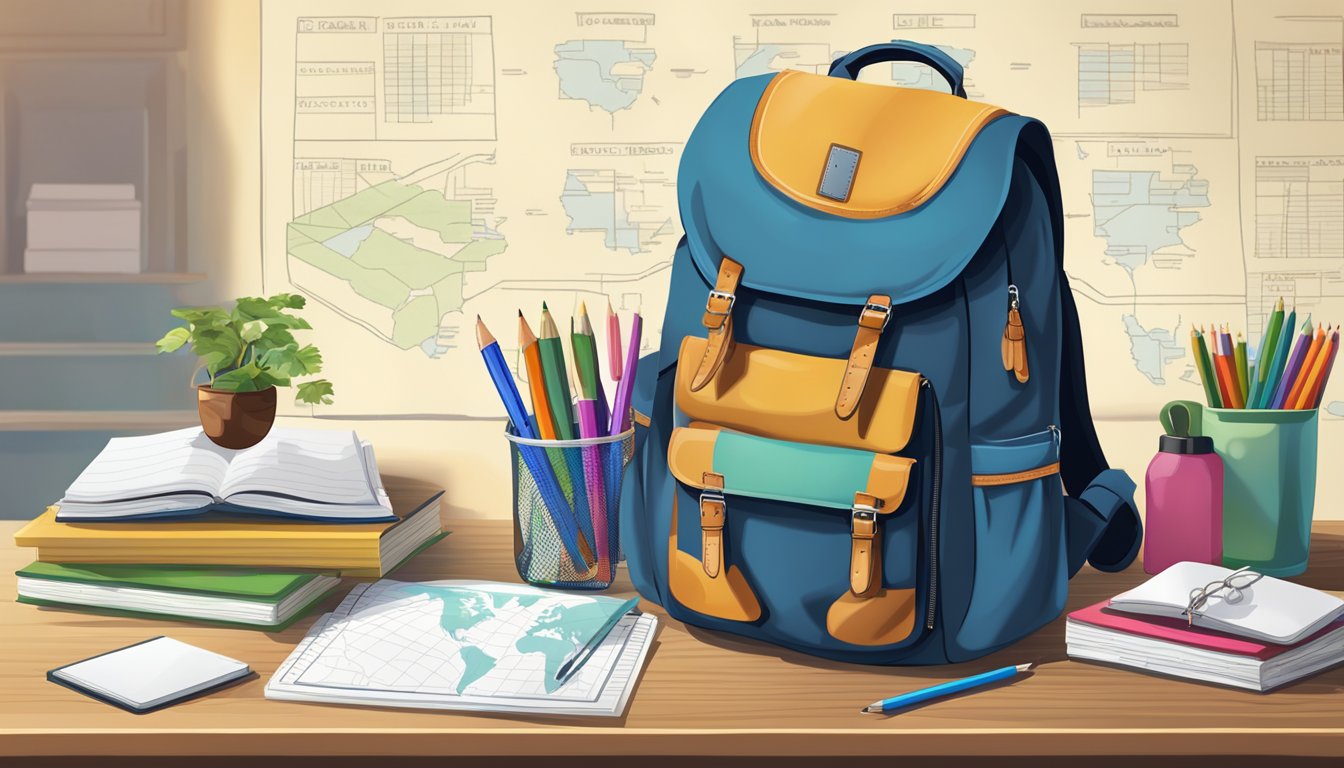
The first day of secondary school can be nerve-wracking for both parents and children, but with the right preparation, you can make it smoother and more enjoyable. Here are some tips to help your child prepare for their first day.
Getting the Right Uniform and Supplies
One of the most important things to do before the first day of school is to make sure your child has the right uniform and supplies. Check with the school to see what the uniform requirements are and make sure your child has everything they need. This may include a school bag, water bottle, stationery, and textbooks. You can also create a checklist to make sure you don’t forget anything.
Familiarising with the Route
Another important thing to do is to familiarise your child with the route to school. If your child is taking public transport, make sure they know which bus or MRT line to take and where to get off. You can also do a trial run with your child to make sure they know the way. If your child is walking or cycling to school, make sure they know the safest route and any road rules they need to follow.
Emotional Preparation
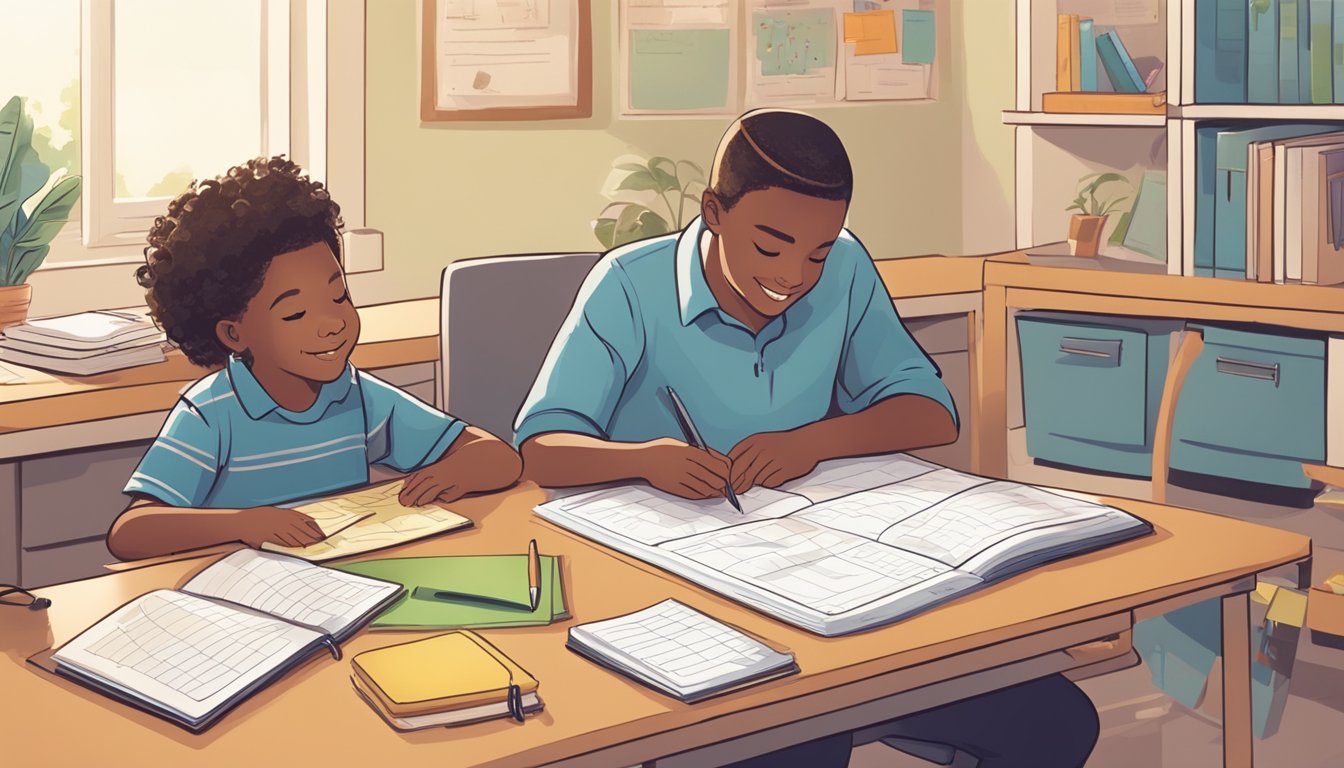
Preparing your child for secondary school is not just about academic readiness. Emotional preparation is equally important. The transition to secondary school can be a challenging time for students, and it’s important to help them build confidence and manage stress and anxiety.
Building Confidence and Self-esteem
Starting secondary school can be an awkward time for students. They are adjusting to a new environment, making new friends, and facing new challenges. It’s important to support your child during this time and help them build their confidence and self-esteem.
Encourage your child to participate in extracurricular activities that interest them. This can help them develop new skills, make new friends, and build their confidence. Praise your child for their efforts, not just their achievements. This can help them develop a growth mindset and focus on their progress rather than just their grades.
Managing Stress and Anxiety
Starting secondary school can be a stressful time for students. They may worry about fitting in, making friends, and keeping up with their studies. It’s important to help your child manage their stress and anxiety.
Encourage your child to talk to you or a teacher if they are feeling overwhelmed. Teach them relaxation techniques, such as deep breathing or mindfulness, to help them manage their stress. Help them develop good study habits, such as breaking down tasks into smaller, manageable steps, to reduce their workload and stress levels.
Social Integration

Starting secondary school can be daunting, especially when it comes to making new friends and fitting in. However, with a positive attitude and a few helpful tips, your child can easily navigate the social aspects of secondary school.
Making New Friends
Making new friends is an important part of social integration in secondary school. Encourage your child to join clubs or extracurricular activities that align with their interests. This is a great way for them to meet like-minded individuals who share the same passions.
Additionally, remind your child to be open-minded and friendly to their classmates. Encourage them to strike up conversations with their peers and invite them to join in on group activities. By doing so, your child will be able to build strong relationships with their classmates.
Understanding Peer Pressure
Peer pressure is a common issue that many students face in secondary school. It is important to educate your child on the dangers of succumbing to peer pressure and encourage them to make their own decisions.
Remind your child that it is okay to say “no” to their peers if they feel uncomfortable or if something goes against their values. Encourage them to surround themselves with positive influences and to always trust their instincts.
By following these tips, your child will be able to easily integrate into the social aspects of secondary school and build strong relationships with their peers.
Tip: Boost Your Child’s Confidence for Secondary School with Familiarization!
Starting secondary school can be nerve-wracking. Give your child a head start by familiarizing them with the new environment! Take a school tour together and attend orientation sessions. This will help them feel more confident and prepared on their first day.
Academic Readiness
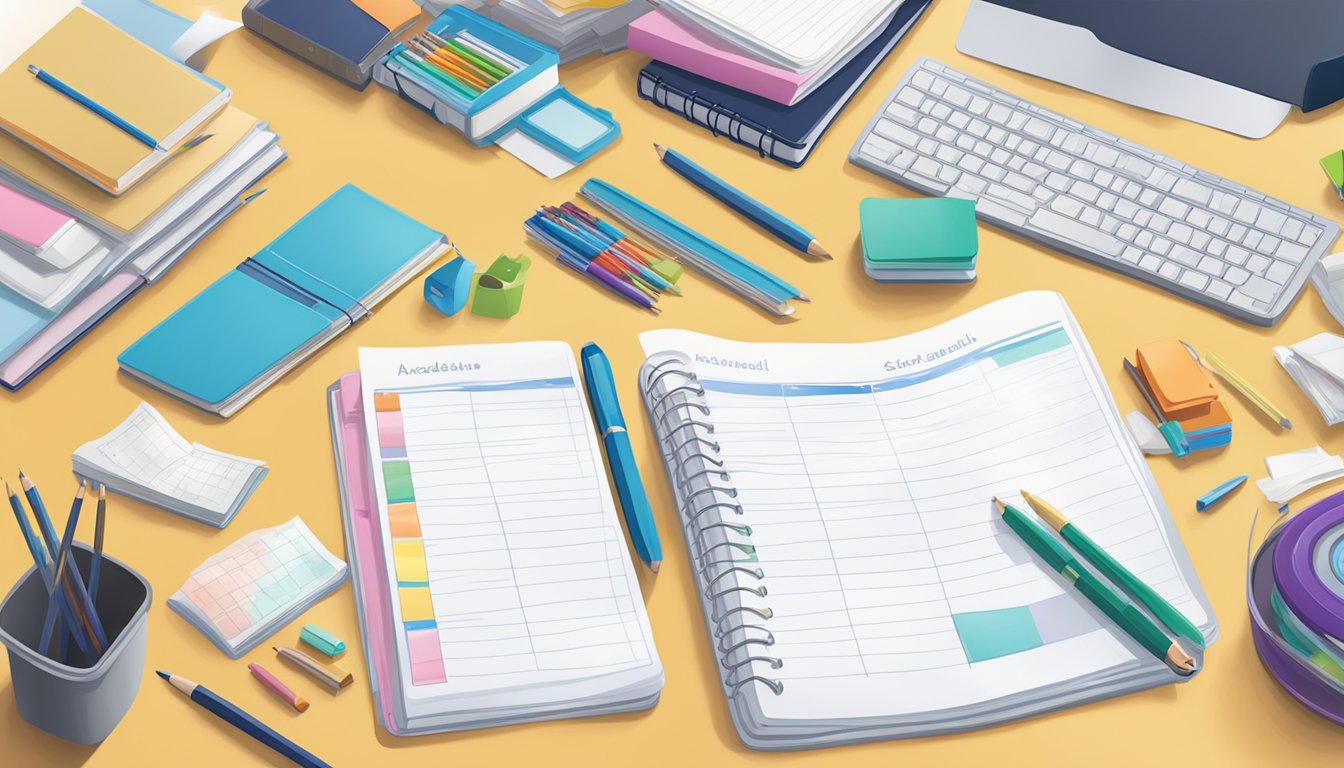
Preparing your child for secondary school can be a daunting task, but with the right approach, it can be an exciting adventure. One of the most important aspects of this preparation is ensuring that your child is academically ready for the challenges that lie ahead.
Adapting to New Subjects and Workload
Secondary school brings with it a range of new subjects, and it’s essential that your child is ready to adapt to them. Encourage your child to be open-minded and curious about these new subjects, and remind them that it’s okay to struggle initially. With time and effort, they will be able to grasp the concepts and excel in these subjects.
In addition to new subjects, secondary school also comes with a heavier workload. Your child will likely have more homework and assignments to complete, and it’s important that they are prepared for this increased workload. Encourage your child to manage their time effectively and break down their tasks into manageable chunks.
Organisation and Study Habits
Good organisation and study habits are essential for academic success in secondary school. Help your child develop these habits by encouraging them to keep a study schedule and to prioritise their tasks. Teach them how to take effective notes and how to review their work regularly.
Consider enrolling your child in tuition classes or hiring a tutor to help them with their studies. A tutor can provide your child with personalised attention and support, helping them to overcome any difficulties they may be facing.
Extracurricular Activities
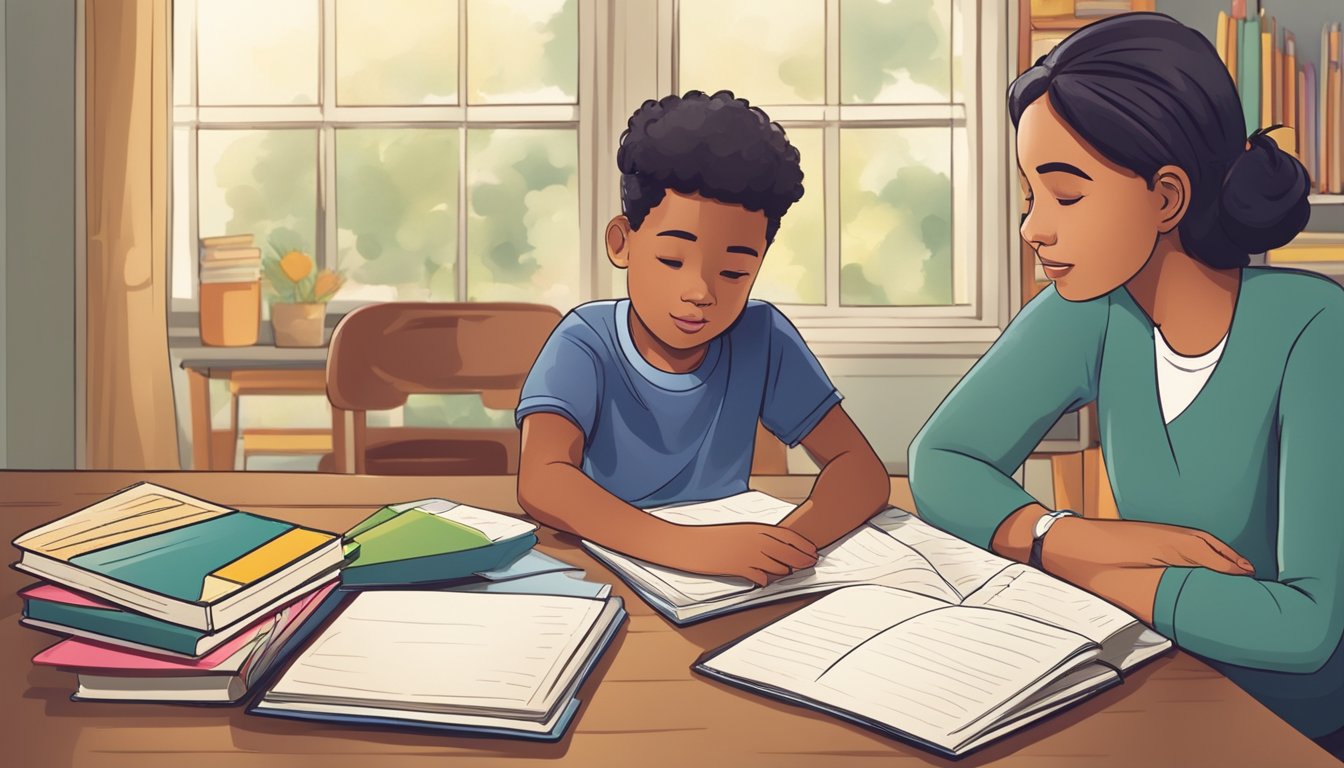
Preparing your child for secondary school is not just about academic excellence, but also about developing their character and interests. Extracurricular activities, also known as co-curricular activities (CCAs), are an excellent way for your child to explore their interests and develop their skills outside of the classroom.
Exploring Co-curricular Activities (CCAs)
Encourage your child to explore a variety of CCAs to find something they are passionate about. CCAs can include sports, clubs, and societies, performing arts, and community service groups. Your child can choose to participate in CCAs that align with their interests, such as playing a sport they enjoy or joining a club related to a hobby they have.
Participating in CCAs can help your child develop important skills such as teamwork, leadership, and time management. It can also help them build social connections and make friends with peers who share similar interests.
Independent CCAs are also an option for your child if they cannot find a CCA that aligns with their interests. They can start a club or society of their own and recruit members who share their passion. This can help your child develop their leadership and organizational skills.
It is important to note that while CCAs are important, your child should also prioritize their academic studies. Encourage your child to strike a balance between their academic workload and their participation in CCAs.
Health and Wellbeing

Starting secondary school can be an exciting yet challenging time for your child. It is important to ensure that they are equipped with the necessary tools to navigate this transition with ease. One of the key areas to focus on is their health and wellbeing.
Navigating Puberty and Personal Growth
Puberty is a natural part of growing up and can be a difficult time for some children. As a parent, it is important to have open and honest conversations with your child about the changes they are experiencing. Encourage them to ask questions and provide them with accurate information about puberty and personal growth. This will help them to understand what is happening to their body and to feel more confident about themselves.
In addition to this, it is also important to support your child’s overall health and wellbeing. This can be achieved by ensuring they are eating a healthy and balanced diet, getting enough sleep, and engaging in regular physical activity. Encourage your child to take part in activities they enjoy, such as sports or dance, to help them stay active and healthy.
Furthermore, it is important to provide your child with emotional support during this time. Starting secondary school can be a daunting experience, and your child may feel anxious or overwhelmed. Encourage them to talk about their feelings and reassure them that it is normal to feel this way. Let them know that you are there to support them and that they can come to you with any concerns they may have.
By focusing on your child’s health and wellbeing, you can help to ensure that they have a positive and successful transition to secondary school.
Parental Involvement
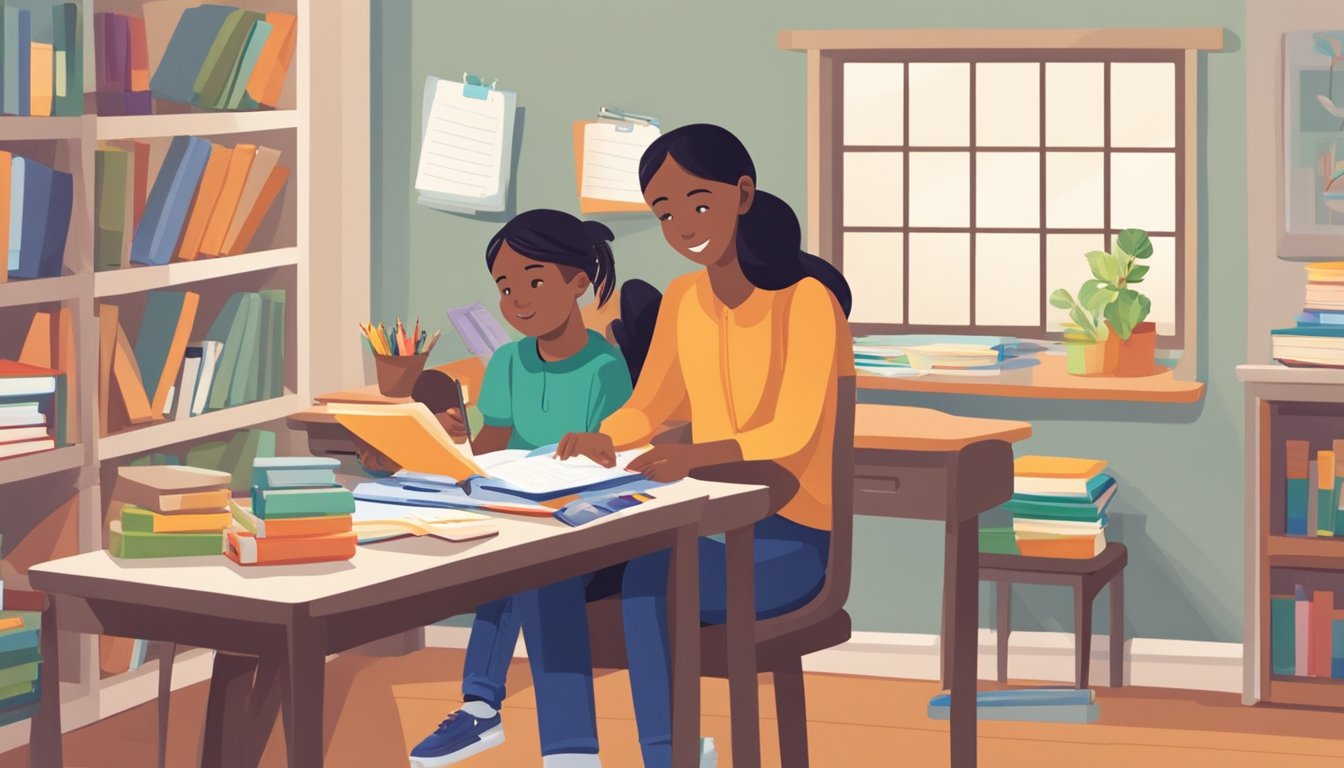
Preparing your child for secondary school is a team effort, and as a parent, your involvement is crucial. By offering support at home and engaging with the school community, you can help your child transition smoothly into secondary school life.
Offering Support at Home
One of the most important things you can do as a parent is to offer emotional support to your child. The transition to secondary school can be overwhelming, and your child may experience anxiety or stress. Encourage your child to talk to you about their concerns, and be patient and understanding.
You can also help your child develop good study habits by setting up a study area at home and establishing a routine. Encourage your child to take breaks and to stay organised. By providing a supportive and structured environment at home, you can help your child feel more confident and prepared for secondary school.
Engaging with the School Community
Engaging with the school community is another important way to support your child. Attend parent-teacher meetings and school events, and get involved in school activities. This will give you a better understanding of your child’s school experience and allow you to provide more targeted support.
You can also join parent support groups or seek advice from other parents who have been through the secondary school transition. This can be a great way to share experiences and learn from others.
Logistics and Daily Routine

Preparing your child for secondary school is not just about academic preparation. You also need to help them adjust to the new logistics and routines of secondary school life. Here are some tips to help your child prepare for the changes in their daily routine.
Understanding the School Timetable
Secondary school timetables can be quite different from primary school timetables. Your child will have different subjects every day, and their timetable will likely change from week to week. It’s important to help your child understand their timetable and how to read it. You can do this by going through it with them and explaining what each subject means.
Transportation and Safety
If your child is taking public transport to school, make sure they know how to get to and from school safely. Show them the best route to take, and make sure they know what to do if they get lost or need help. If your child is cycling to school, make sure they have a good quality helmet and know the rules of the road.
It’s also important to make sure your child knows what to do in case of an emergency. Make sure they have your contact details and know how to call for help if they need it.
School Uniform
Secondary schools in Singapore often have a specific uniform that students are required to wear. Make sure your child has the correct uniform and knows how to wear it properly. Label all their clothing with their name to avoid any mix-ups.
School Year and First Day of School
The school year in Singapore usually starts in January and ends in November or December. The first day of school can be nerve-wracking for many students, especially if they are starting at a new school. Encourage your child to be excited about the new school environment and to make new friends.
New Teachers and School Grounds
Your child will have new teachers in secondary school, and may need to navigate a larger school grounds. Encourage your child to introduce themselves to their new teachers and ask for help if they need it. Familiarize them with the school grounds and facilities, such as the library, canteen, and toilets.
By helping your child understand the logistics and daily routine of secondary school, you can help them feel more confident and excited about this new chapter in their life.
Coping with Change
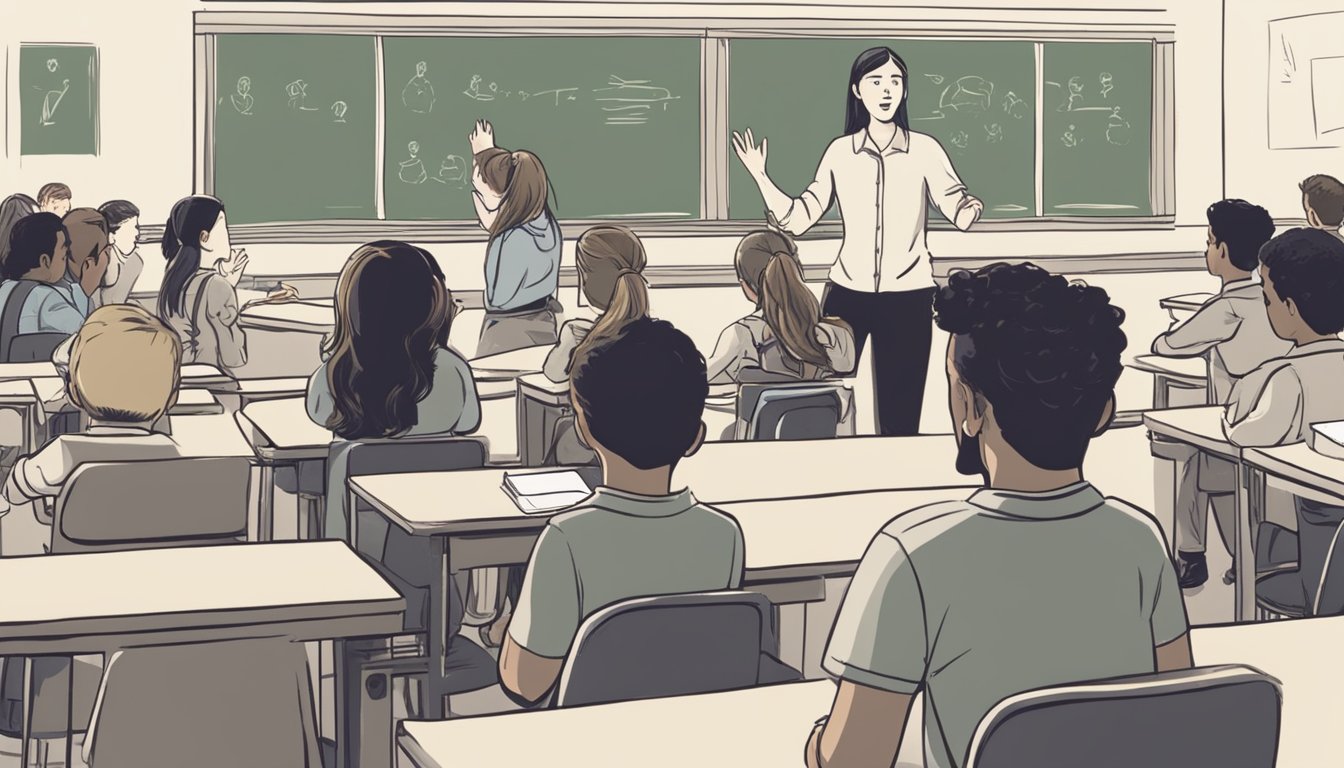
Starting secondary school is a big change for your child, and it’s normal for them to feel a mix of emotions, including excitement and nervousness. Here are some tips to help your child adjust to the changes that come with starting a new school.
Adjusting to a New Learning Environment
The learning environment in secondary school is different from primary school. Your child will have different teachers for different subjects, and they will need to adapt to different teaching styles. Encourage your child to be open-minded and willing to learn new things. Help them understand that it’s okay to make mistakes and that they can always ask for help if they need it.
Dealing with Getting Lost
Getting lost is a common fear for many children starting secondary school. To help your child cope with this, make sure they know their way around the school before their first day. Attend orientation sessions with your child and take a tour of the school together. Show them where their classrooms are, where the canteen is, and where the toilets are. If your child does get lost, encourage them to ask for help from a teacher or a school staff member.
Remember that starting secondary school is an exciting time for your child. By helping them adjust to the new environment and providing support, you can help them make a smooth transition to their new school.
Frequently Asked Questions
What steps can you take to ensure your child thrives in their new secondary school environment?
Starting secondary school can be a daunting experience for your child. However, there are several steps you can take to ensure that they thrive in their new environment. Firstly, encourage them to join extracurricular activities that interest them. This will help them make new friends and feel more connected to their school community. Secondly, ensure that they have a healthy and balanced lifestyle by getting enough sleep, eating nutritious meals, and engaging in physical activity. Finally, communicate regularly with their teachers and stay informed about their academic progress.
In what ways can you support your child’s emotional well-being during the transition to secondary school?
The transition to secondary school can be a stressful time for your child. As a parent, you can support their emotional well-being by being open and approachable. Encourage them to talk about their feelings and concerns, and provide reassurance and support. Additionally, help them develop coping mechanisms to manage stress, such as mindfulness or deep breathing exercises.
Could you suggest effective study habits to help your child succeed academically in secondary school?
Effective study habits are crucial for academic success in secondary school. Encourage your child to create a study schedule and stick to it. Ensure that they have a quiet and comfortable study space, free from distractions. Encourage them to take regular breaks and engage in physical activity to help them stay focused and alert. Additionally, teach them effective note-taking and time-management skills.
How should you go about selecting the right secondary school for your child’s unique needs and interests?
Selecting the right secondary school for your child can be a challenging task. Consider their unique needs and interests, as well as their academic strengths and weaknesses. Research various schools and their programmes, and attend open houses to get a better sense of the school’s culture and community. Additionally, seek advice from teachers, counsellors, and other parents.
What extracurricular activities are recommended for a smooth adjustment to secondary school life?
Extracurricular activities can help your child adjust to secondary school life and develop new skills and interests. Encourage them to join clubs or sports teams that interest them, or volunteer for community service projects. This will help them make new friends and feel more connected to their school community.
How can you help your child manage their time efficiently with the increased workload in secondary school?
The increased workload in secondary school can be overwhelming for your child. Encourage them to create a study schedule and stick to it, and help them prioritise their tasks. Ensure that they have a quiet and comfortable study space, free from distractions. Additionally, teach them effective time-management skills, such as breaking down large tasks into smaller, more manageable ones.
Applying for Loans Simplified with Quick Credit
Do rising expenses leave you feeling strapped? Perhaps you dream of a getaway or the latest tech. Whatever your reason, a personal loan can bridge the gap.
Quick Credit, a reputable Jurong moneylender, streamlines the process. Our simple online application takes just minutes, freeing you from the hassle of lengthy procedures.
Take Control of Your Finances Today!
Click here to get started with Quick Credit and eliminate the burden of unexpected costs.
